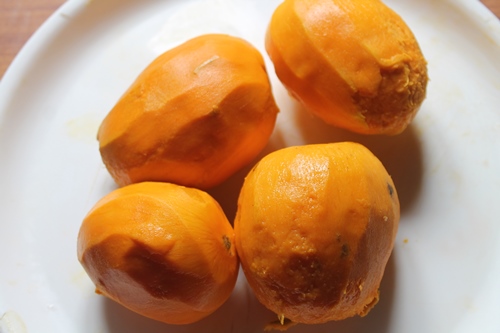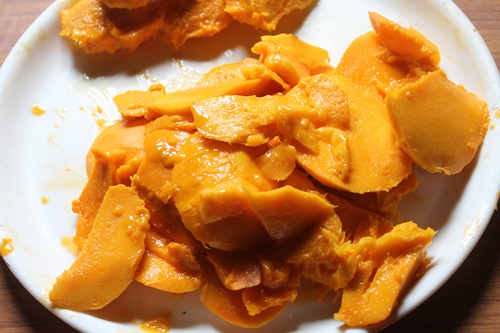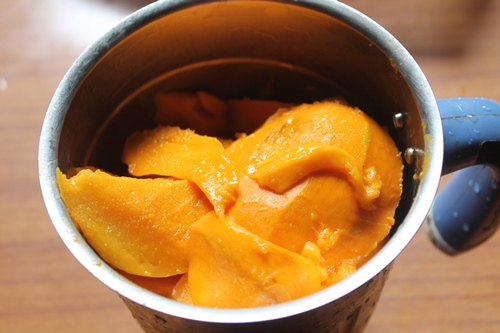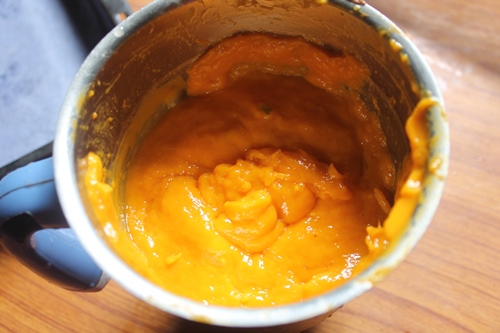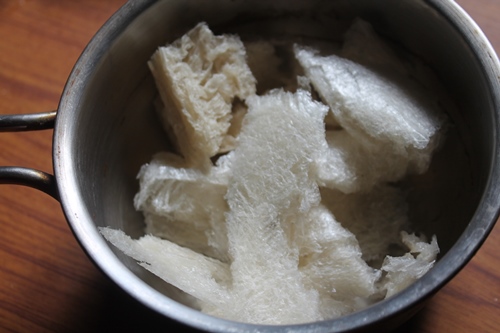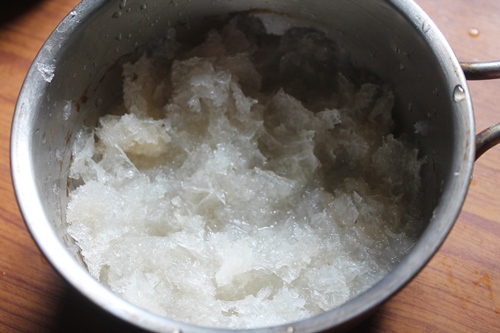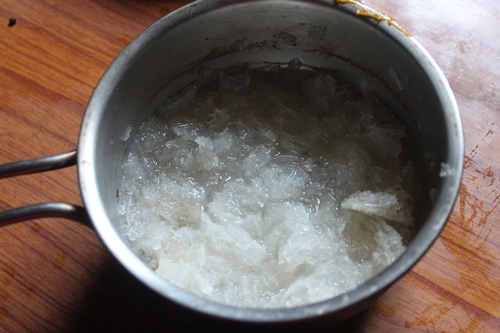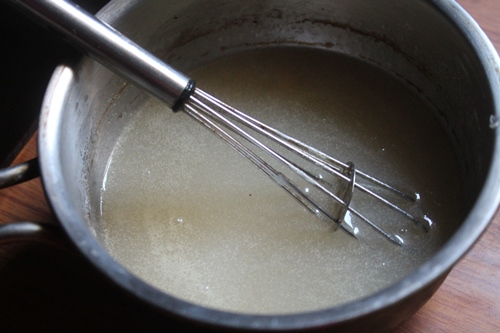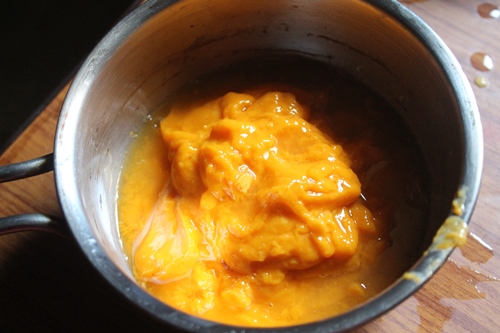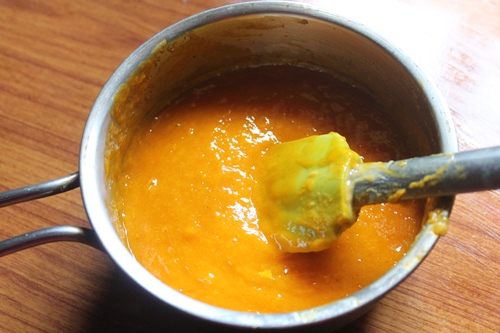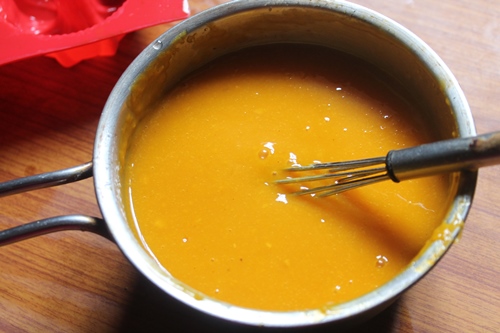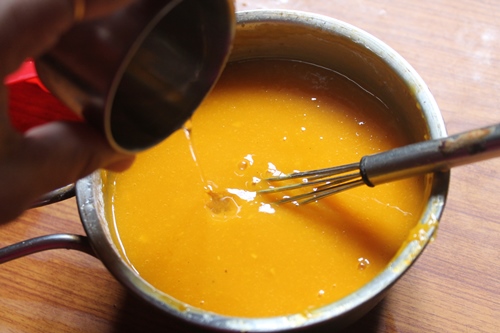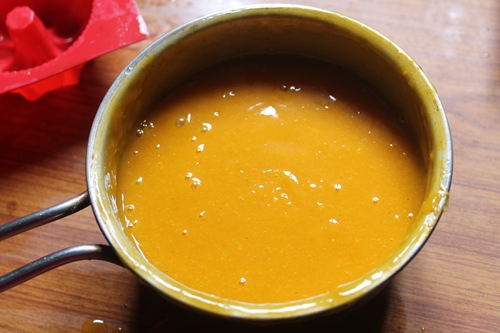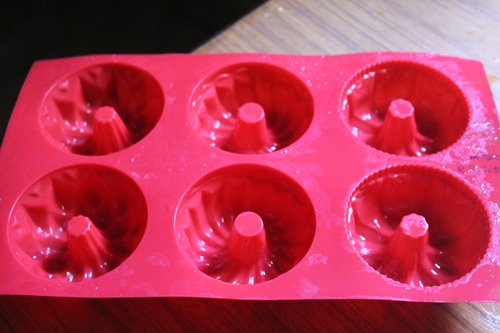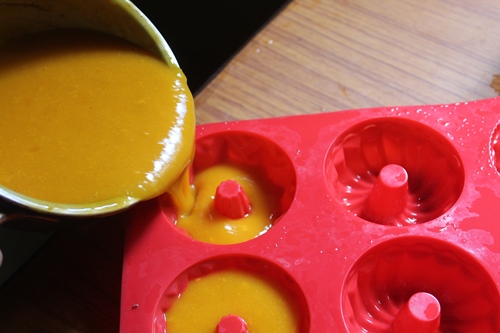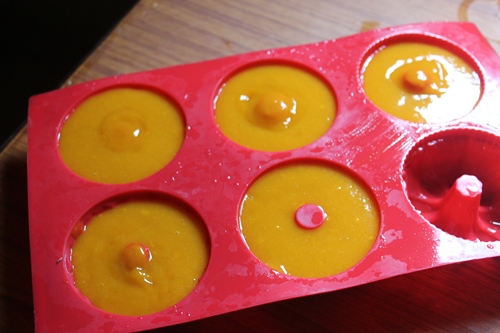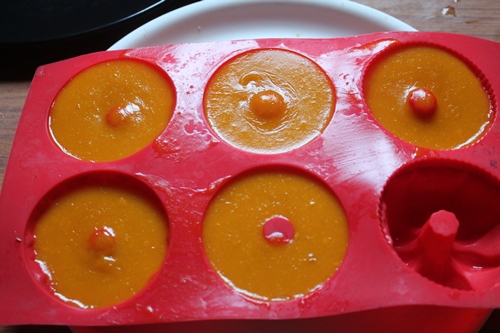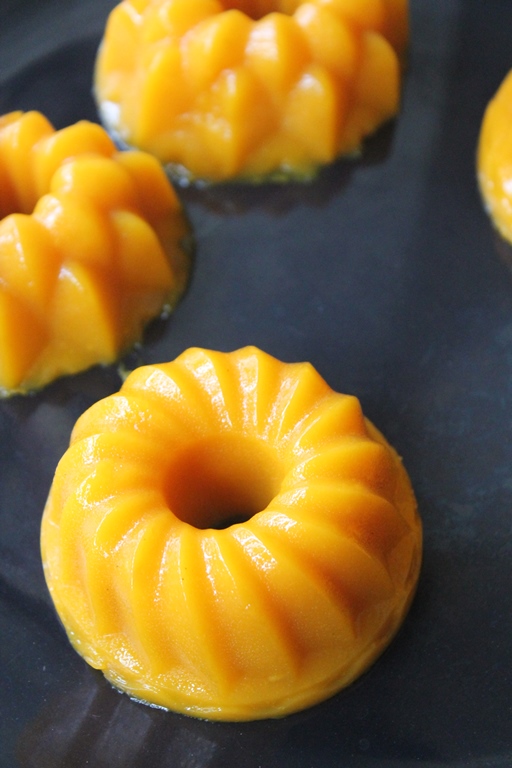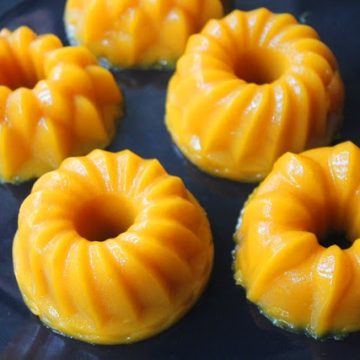
Mango jelly is a delightful summer mango treat that combines the tropical sweetness of ripe mangoes with a smooth, wobbly texture. This homemade mango jello is made by blending mango pulp with a setting agent like gelatin or agar-agar, creating a light and refreshing dessert.


Mango Jelly
Whether you’re craving a quick mango jelly recipe or looking for a creative twist on mango jelly pudding, this dish is both simple and satisfying. Perfect for hot days or festive gatherings, this easy mango dessert can be topped with fresh fruit, nuts, or a swirl of cream. With its bright color and bold flavor, this gelatin mango jelly is a must-try for fans of tropical fruit desserts.
About Mango Jelly
Last weekend, my niece came over for a surprise visit, and as always, she ran straight to the fridge looking for “something wobbly and sweet.” I laughed, remembering how obsessed she was with the mango jello recipe I made a few months ago. With just a few ripe mangoes on hand, I decided to whip up a quick batch of homemade mango jelly- her favorite. As we stirred the mango puree and dissolved the agar-agar on the stove, she stood on a stool, pretending to be the chef. “This is my signature summer mango treat,” she declared proudly.
Once it chilled, we topped it with whipped cream and crushed pistachios, turning it into a colorful mango jelly pudding. Watching her enjoy every spoonful made me realize how food creates memories, especially with simple, joyful tropical fruit desserts like this.
Similar Recipes
Orange Jelly
Strawberry Jelly
Mango Pudding
Broken Glass Pudding
Rose Pudding
Jelly Roll Ups


Whether you’re new to making gelatin mango jelly or just want an easy mango dessert that brings people together, mango jello is always a heartwarming choice.This is a really easy recipe you can make with mangoes and agar agar. It uses fresh mango fruit and along china grass. The pudding taste really fresh and kids will love it for sure.
Why I love this recipe – No artificial stuff- just clean, wholesome ingredients in every spoonful of this gelatin mango jelly. This Nostalgic Summer Favorite brings back warm memories and makes the perfect summer mango treat for family and friends. If you have overripe mangoes? Turn them into a flavorful summer mango treat instead of letting them go to waste. Make it your own by adding coconut milk, lime juice, or spices like cardamom. You can also top it with whipped cream, fresh mango chunks, or chopped pistachios.
I used my cute bundt silicone mould to make this. You could pour this in square mould and later cut into pieces. You can even pour into mini cups or any mould as you prefer.
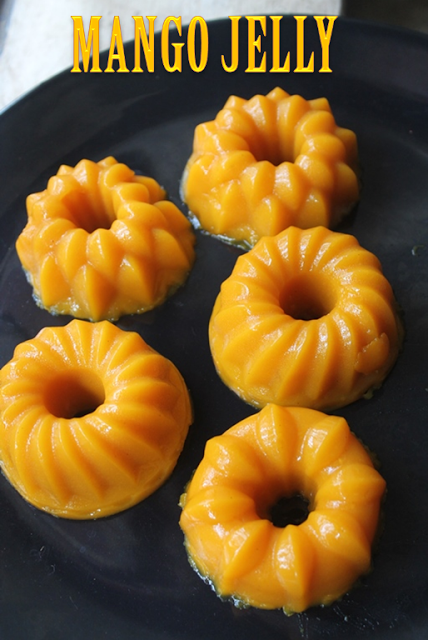

Why this recipe work?
1)Naturally Sweet and Flavorful: The natural sweetness and vibrant color of ripe mangoes create a rich, tropical base that requires minimal added sugar. It’s the perfect ingredient for a bold, fruity flavor in every bite.
2)Perfect Texture Every Time: With the right balance of mango puree and a setting agent like gelatin or agar-agar, this gelatin mango jelly sets beautifully into a smooth, jiggly dessert that’s fun to eat.
3)Simple and Quick to Make: This easy mango dessert requires no baking and very little prep. Just blend, mix, set, and chill. It’s a no-fuss recipe that works even for beginner cooks.
4)A Versatile Tropical Fruit Dessert: Whether you serve it in glasses, cut into cubes, or layered in a trifle, this tropical fruit dessert adds a fun, elegant touch to any meal.
5)Perfect for Summer and Celebrations: As a cool, refreshing summer mango treat, this dessert is a favorite at picnics, parties, and festive gatherings. Kids and adults alike love its look and taste.
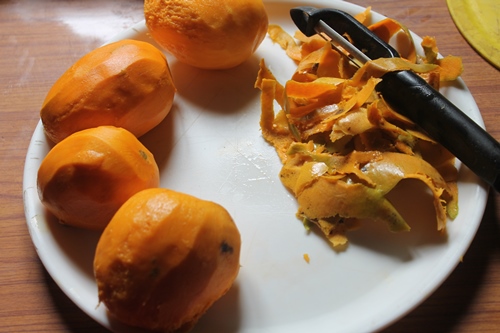

Ingredients
1. Ripe Mango Puree: The star of the dessert, it provides natural sweetness, vibrant color, and rich tropical flavor.
2. Sugar: Balances the tanginess of mango and enhances the overall sweetness of the jello.
3. agar agar : Acts as the setting agent, giving the dessert its classic smooth and wobbly texture.
4. Water: Used to bloom and dissolve the gelatin, ensuring it mixes evenly with the mango mixture.
5. Lemon Juice: Adds a touch of tang that brightens the flavors and prevents the jello from tasting overly sweet.
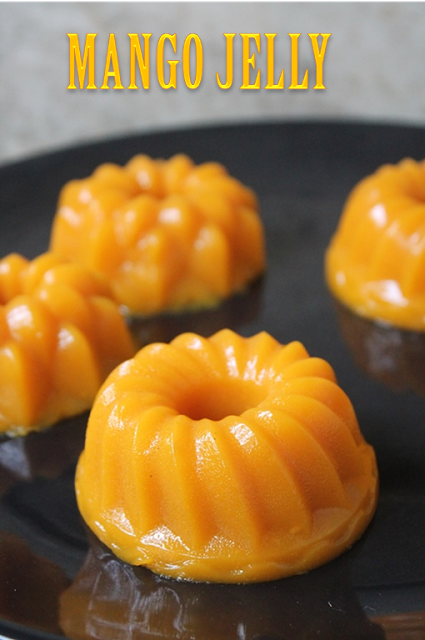

Hacks
Use fully ripe mangoes for maximum flavor. The sweeter and juicier the mango, the better your homemade mango jello will taste- no need for extra sugar.
Strain the mango puree. For that silky, smooth texture in your mango jelly pudding, strain the puree before mixing it with gelatin or agar-agar.
Taste before you set. Before pouring into molds, give your mix a taste to check sweetness and tang. Add lime juice or a bit of honey if needed.
Chill the bowls before pouring. Place your serving bowls or molds in the fridge for 10 minutes first- this helps the gelatin mango jelly set more evenly.
Make it a party favorite with fun shapes. Use silicone molds or cookie cutters for fun shapes that kids (and adults) will love in this easy mango dessert.
Layer with coconut milk or cream. For a fancy twist, pour a layer of lightly sweetened coconut milk on top of the mango layer for a creamy summer mango treat.
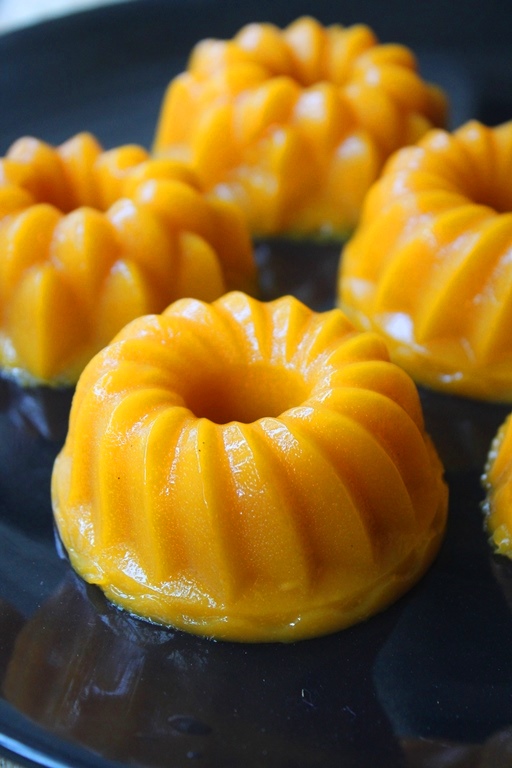

Expert tips
- Bloom Gelatin Properly: Always sprinkle gelatin over cold water and let it sit (bloom) for a few minutes before heating. This ensures even dissolving and a smooth texture.
- Don’t Boil Gelatin: Heat just enough to dissolve the gelatin- boiling can weaken its setting power.
- Strain for Silkiness: Strain the mango puree before mixing to remove fibers and create a smooth, creamy finish.
- Grease Molds Lightly: If using molds, brush them lightly with oil so the mango jelly pudding releases easily once set.
- Gently Tap Out Air Bubbles: After pouring the mixture into molds, tap the container lightly on the counter to remove bubbles for a smooth top layer.
- Store Covered to Prevent Drying: Cover the jello with plastic wrap or a lid while it chills to keep it moist and prevent fridge odors from affecting the flavor.
Variations
Mango Coconut Jelly: A tropical twist on classic jelly, mango coconut jelly layers creamy coconut milk with sweet mango puree. It’s light, refreshing, and perfect for warm days or festive gatherings.
Mango Jello Recipe: This simple mango jelly recipe combines ripe mangoes, gelatin, and a touch of citrus to create a fruity, wobbly dessert that’s as beautiful as it is delicious.
Broken Glass Jello Recipe: Colorful and fun, the broken glass jello recipe features cubes of different flavored jellies suspended in a creamy base-ideal for parties, potlucks, or playful plating.
Mango Custard Pudding: Mango custard pudding blends silky vanilla custard with fresh mango puree for a rich, creamy dessert that’s both comforting and fruity-a summer favorite in many homes.
Mango Panna Cotta Recipe: This mango panna cotta recipe offers an elegant, restaurant-style dessert made with cream, gelatin, and mango. Smooth, delicate, and bursting with tropical flavor, it’s a crowd-pleaser every time.
FAQ
1. Can I use canned mango puree for mango jello?
Yes, you can! Canned mango puree works well, especially if fresh mangoes aren’t in season. Just choose an unsweetened version and adjust the sugar accordingly.
2. How long does mango jello take to set?
Typically, it takes 4–6 hours in the fridge to fully set. For best results, let it chill overnight.
3. Can I make mango jello without gelatin?
Absolutely. Use agar-agar for a vegetarian version. It sets more firmly and doesn’t require refrigeration, though chilling improves texture.
4. Why didn’t my jelly set properly?
Common reasons include not blooming the gelatin properly, using boiling liquid, or adding raw fruits like pineapple or kiwi that interfere with setting.
5. Can I make mango jelly ahead of time?
Yes! It’s a great make-ahead dessert. Store in the fridge covered for up to 3–4 days.
6. What’s the difference between mango jello and mango panna cotta?
Mango jello is made with fruit puree and gelatin, while mango panna cotta includes cream and has a more custard-like, creamy texture.
7. Can I freeze mango jelly?
Freezing is not recommended as it can change the texture and make the jelly watery after thawing.
More Jelly Recipes to Try
📖 Recipe Card
Mango Jelly Recipe | Mango Agar Agar Pudding Recipe
Servings: 4 servings
Calories: 179kcal
Notes
- Bloom Gelatin Properly: Always sprinkle gelatin over cold water and let it sit (bloom) for a few minutes before heating. This ensures even dissolving and a smooth texture.
- Don’t Boil Gelatin: Heat just enough to dissolve the gelatin- boiling can weaken its setting power.
- Strain for Silkiness: Strain the mango puree before mixing to remove fibers and create a smooth, creamy finish.
- Grease Molds Lightly: If using molds, brush them lightly with oil so the mango jelly pudding releases easily once set.
- Gently Tap Out Air Bubbles: After pouring the mixture into molds, tap the container lightly on the counter to remove bubbles for a smooth top layer.
- Store Covered to Prevent Drying: Cover the jello with plastic wrap or a lid while it chills to keep it moist and prevent fridge odors from affecting the flavor.
Nutrition
Serving: 1servings | Calories: 179kcal | Carbohydrates: 45g | Protein: 2g | Fat: 1g | Saturated Fat: 0.2g | Polyunsaturated Fat: 0.1g | Monounsaturated Fat: 0.3g | Sodium: 8mg | Potassium: 380mg | Fiber: 4g | Sugar: 41g | Vitamin A: 2240IU | Vitamin C: 77mg | Calcium: 41mg | Iron: 1mg
If you have any questions not covered in this post and if you need help, leave me a comment or mail me @[email protected] and I’ll help as soon as I can.
Follow me on Instagram, Facebook,Pinterest ,Youtube and Twitter for more Yummy Tummy inspiration.
IF YOU MAKE THIS RECIPE OR ANYTHING FROM YUMMY TUMMY, MAKE SURE TO POST IT AND TAG ME SO I CAN SEE ALL OF YOUR CREATIONS!! #YUMMYTUMMYAARTHI AND @YUMMYTUMMYAARTHI ON INSTAGRAM!
More Mango Recipes
Reader Interactions

Source link

